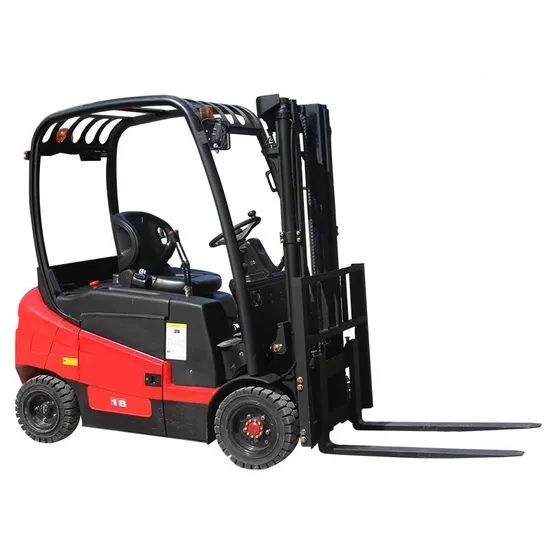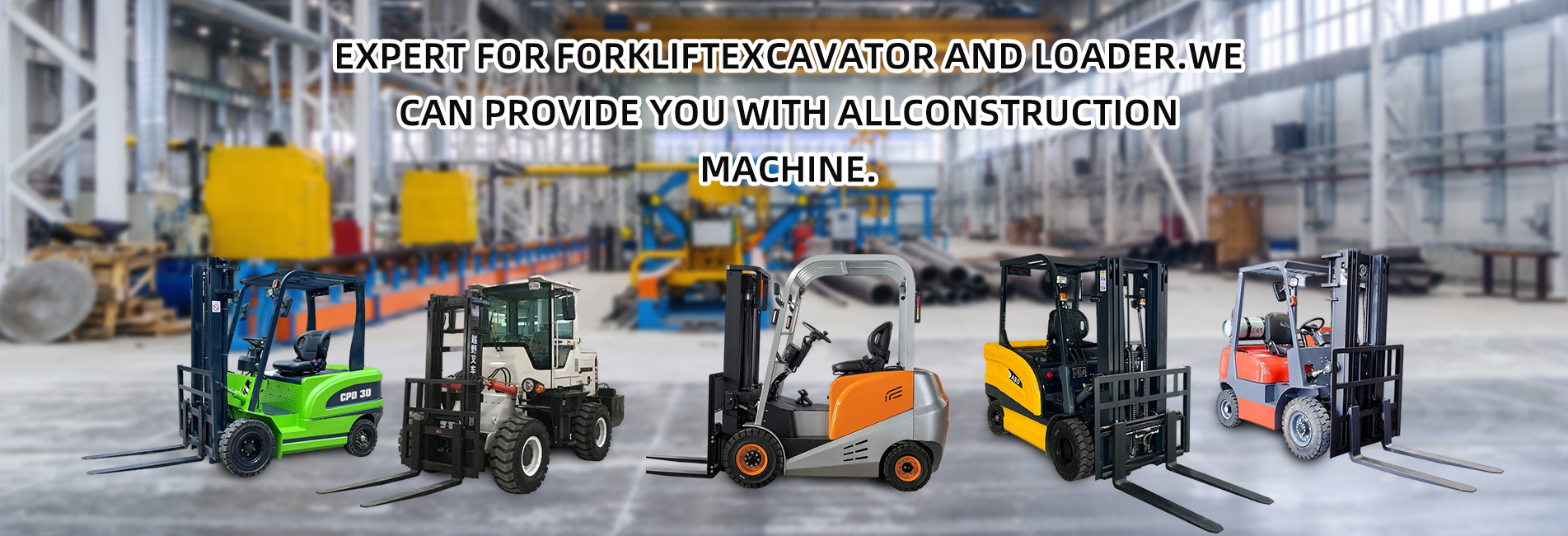When choosing a small-power forklift, it is necessary to comprehensively consider factors such as specific operating scenarios, load requirements, frequency of use, and site constraints. The following is an analysis of several common types of small-power forklifts and their applicable situations to help you find a more suitable choice:

Electric forklifts (battery-powered) are a popular choice among small-power forklifts. Their power is usually between 3-10kW, making them very suitable for indoor operating scenarios, such as enclosed environments like warehouses and workshops. The biggest advantage of electric forklifts is that they are environmentally friendly and clean. They do not emit exhaust gas during operation, which can effectively maintain the air quality of the working environment, and are particularly applicable to industries with high environmental requirements such as food and pharmaceuticals. At the same time, they produce very little noise during operation, which can reduce noise interference to operators and improve work comfort. Moreover, electric forklifts are relatively easy to operate, with stable speed regulation, and gentle starting and braking, making them easier for novice operators to get started. However, they also have certain limitations. Their endurance capacity depends on the battery capacity and requires regular charging, so they are more suitable for scenarios with low work intensity and relatively fixed working hours. If there are convenient charging facilities at the work site, electric forklifts will be a cost-effective choice.
Although manual hydraulic forklifts are not considered "powered forklifts" in the traditional sense, they are widely used in small-power and light-load operations. They mainly rely on manual operation of hydraulic devices to lift and transport goods, and their power is almost negligible. They are very suitable for short-distance, light-load (usually below 2 tons) handling work, such as stacking and shifting goods in small warehouses, or transporting small parts in workshops. The advantages of manual hydraulic forklifts lie in their simple structure, small size, which allows them to move flexibly in narrow passages. In addition, they have low purchase costs and are very convenient to maintain, requiring almost no complicated maintenance. However, they have certain physical requirements for operators and are not suitable for long-term, high-intensity operations.
Gas-powered forklifts (liquefied petroleum gas or natural gas) also have small-power models available, with power generally around 10-20kW. This type of forklift has stronger power performance compared to electric forklifts, and also has an advantage in endurance capacity. The fuel refilling time is short, making it suitable for scenarios that require continuous operation. At the same time, it has a wide range of applications, being able to work both indoors (with good ventilation) and outdoors, which is more appropriate for sites that have both indoor and outdoor operation needs. However, gas-powered forklifts produce a certain amount of noise and exhaust gas during operation, so good ventilation conditions must be ensured when used indoors.
In addition, there are some small warehouse forklifts, such as stackers and order pickers, which usually have small power and are designed specifically for certain warehouse operations. Stackers are suitable for vertical stacking of goods in warehouses, which can effectively utilize space; order pickers are more suitable for use in the goods picking process, where operators can stand on the forklift to access goods, improving picking efficiency.
In general, if you mainly perform light-load, low-intensity operations indoors and value environmental protection and low noise, electric forklifts are a good choice; if the operation distance is short and the load is extremely light, manual hydraulic forklifts are economical and practical; if you need to take both indoor and outdoor operations into account and have certain requirements for endurance, gas-powered forklifts can be considered; and for specific warehouse operations, corresponding small warehouse forklifts can be selected. When purchasing, you also need to consider factors such as the space size of the work site, ground conditions, and later maintenance costs to ensure that the selected forklift can meet the actual operation needs to the greatest extent.


